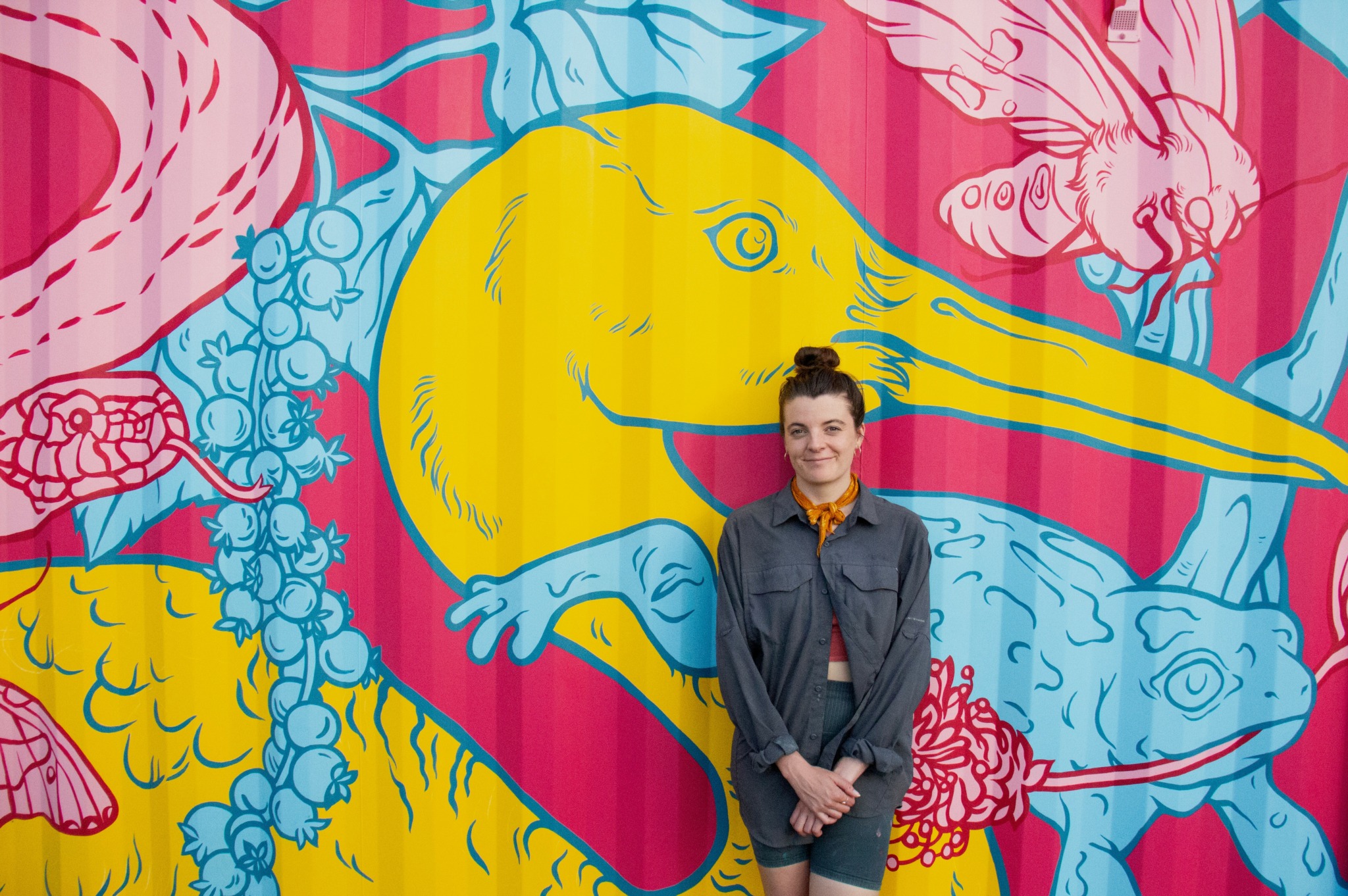We’re excited to introduce you to the always interesting and insightful Catie Michel. We hope you’ll enjoy our conversation with Catie below.
Hi Catie, thanks for joining us today. Earning a full time living from one’s creative career can be incredibly difficult. Have you been able to do so and if so, can you share some of the key parts of your journey and any important advice or lessons that might help creatives who haven’t been able to yet?
Yes, I’ve been able to support myself fully through creative work for the last three years. Both the time leading up to this work, and doing the work itself, has been a thrilling and nonlinear road. While art has always been a passion, I studied Animal Science and Wildlife Biology in undergrad. In a dendrology class and a marine biology class, we were required to create observational drawings in our field notebooks. That was the first time I realized how much I loved the intersection of art and science—and how powerful strong visuals can be for exploration and understanding.
After graduation, I worked in research and science communication for four years, illustrating whenever I could. Some of the organizations I worked with include the Morro Bay National Estuary Program, The Marine Mammal Center, NOAA, the Greater Farallones National Marine Sanctuary, and the Golden Gate Bird Alliance. During school and those early years, I also worked in the restaurant industry. Then, I had the incredible opportunity to work full-time as an assistant for Ink Dwell Studio for two years. During that time, I was also beginning to take on my first independent science illustration jobs with former employers and collaborators. I then returned home to be closer to family, and have been working independently ever since.
My days now include a mix of public and private murals, scientific illustrations, studio work, teaching, experiential research, community-based projects, and lots of applications: grants and residencies have played a major role in helping me grow and take risks.
While I’ve certainly learned things along the way that would have been helpful earlier, I don’t wish I could have sped up the process. I am a firm believer that all experience is additive, even if it doesn’t immediately seem related to your goals. I’m especially grateful for my time in science; that background, along with occasional continued involvement in research, continues to inform and enrich my creative work.
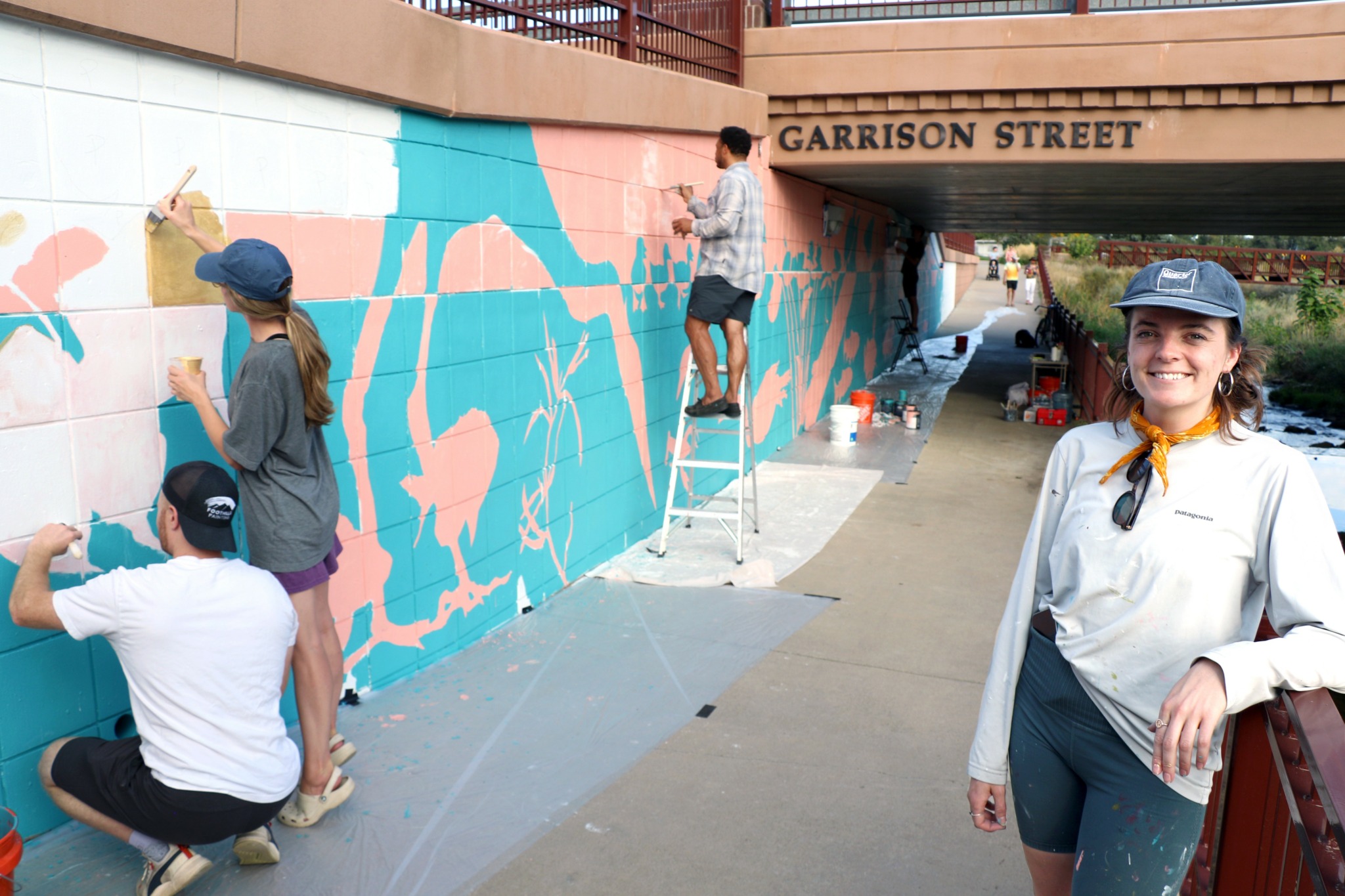
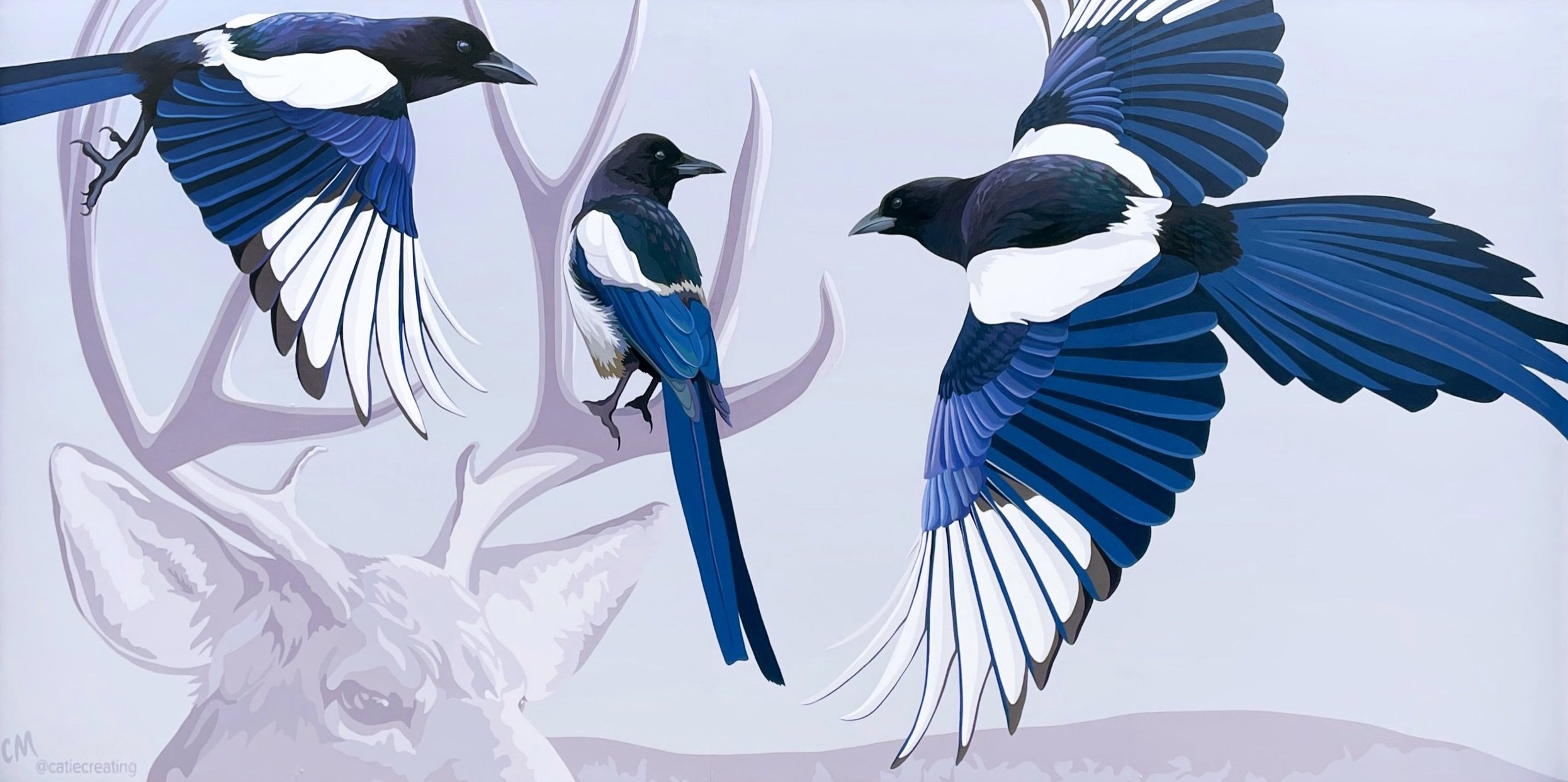
As always, we appreciate you sharing your insights and we’ve got a few more questions for you, but before we get to all of that can you take a minute to introduce yourself and give our readers some of your back background and context?
I am a science illustrator, muralist, and public artist based in Denver, CO. My background in field research and science communication grounds my work in attention, observation, and inquiry. As a devoted naturalist, my process begins the moment I catch a rare glimpse into a vernal pool or hear the competing calls of owls at night. Finding great community in shared curiosity, I examine themes of connection (human/more-than-human), access, advocacy, and the intersection of science and art.
It has been a great pleasure to work with nonprofits, municipalities, schools, and conservation organizations like Ocean First Institute, The Nature Conservancy, Denver and Santa Fe Botanic Gardens, and California State Parks to create projects such as murals, interpretive panels, and imagery to supplement scientific publications. My studio work has been exhibited at the Roger Tory Peterson Institute (NY), the Brinton Museum (WY), and Louisiana State University. I am currently a PlatteForum Artist-in-Residence, working with high school students in Denver, and a Fireline Fellow at Oregon State University, researching wildfire through scientific research and art.
As my practice evolves, I continue to expand into new mediums, community collaborations, and public projects that examine the relationship between people and place, advocating for collective liberation through environmental and social justice. Cultivating safe spaces in which others can explore their own connections to the natural world, to themselves, and to each other is endlessly fueling. I explore what, in nature, is capturing our attention and what, in us, is looking back.
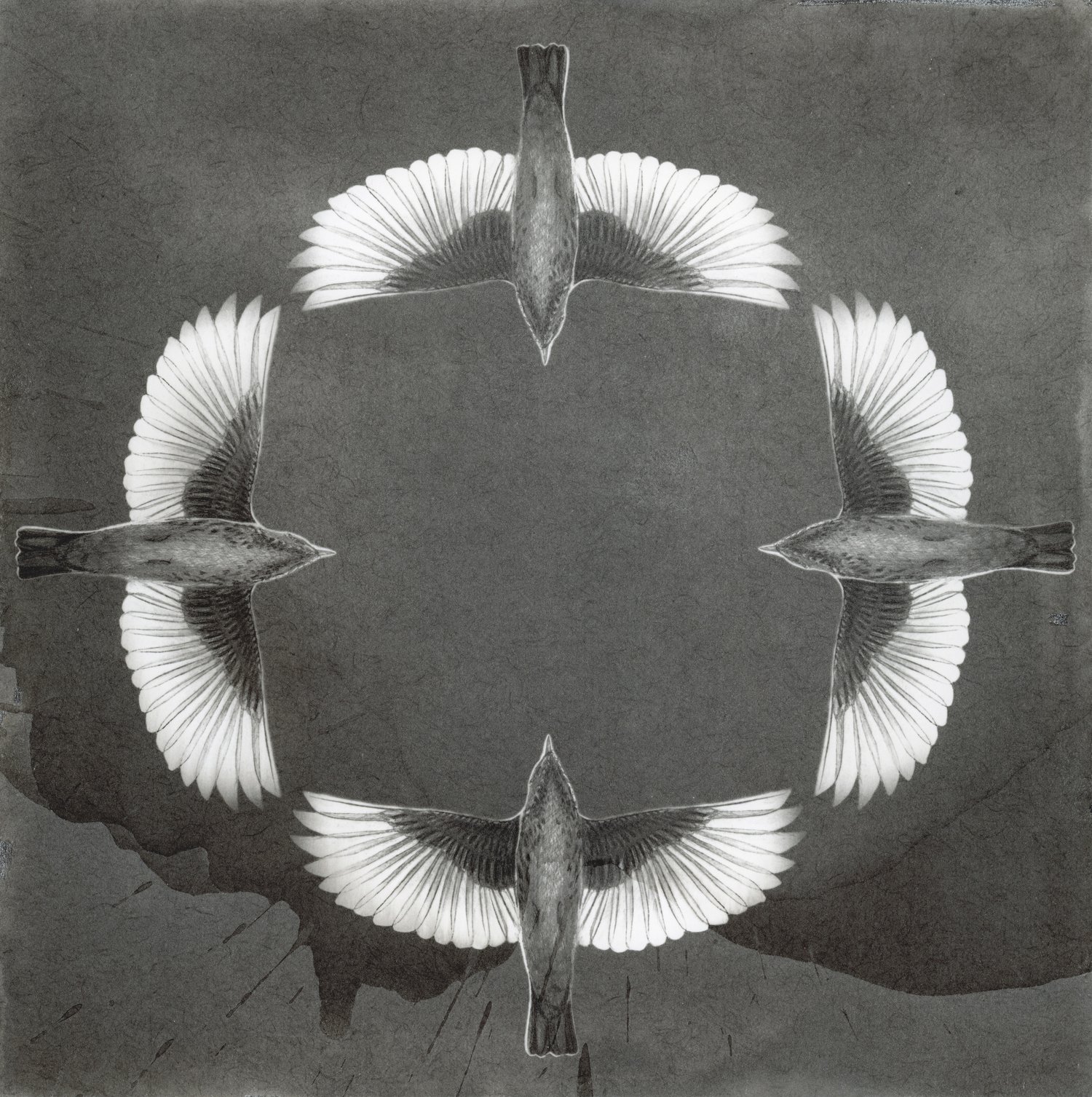
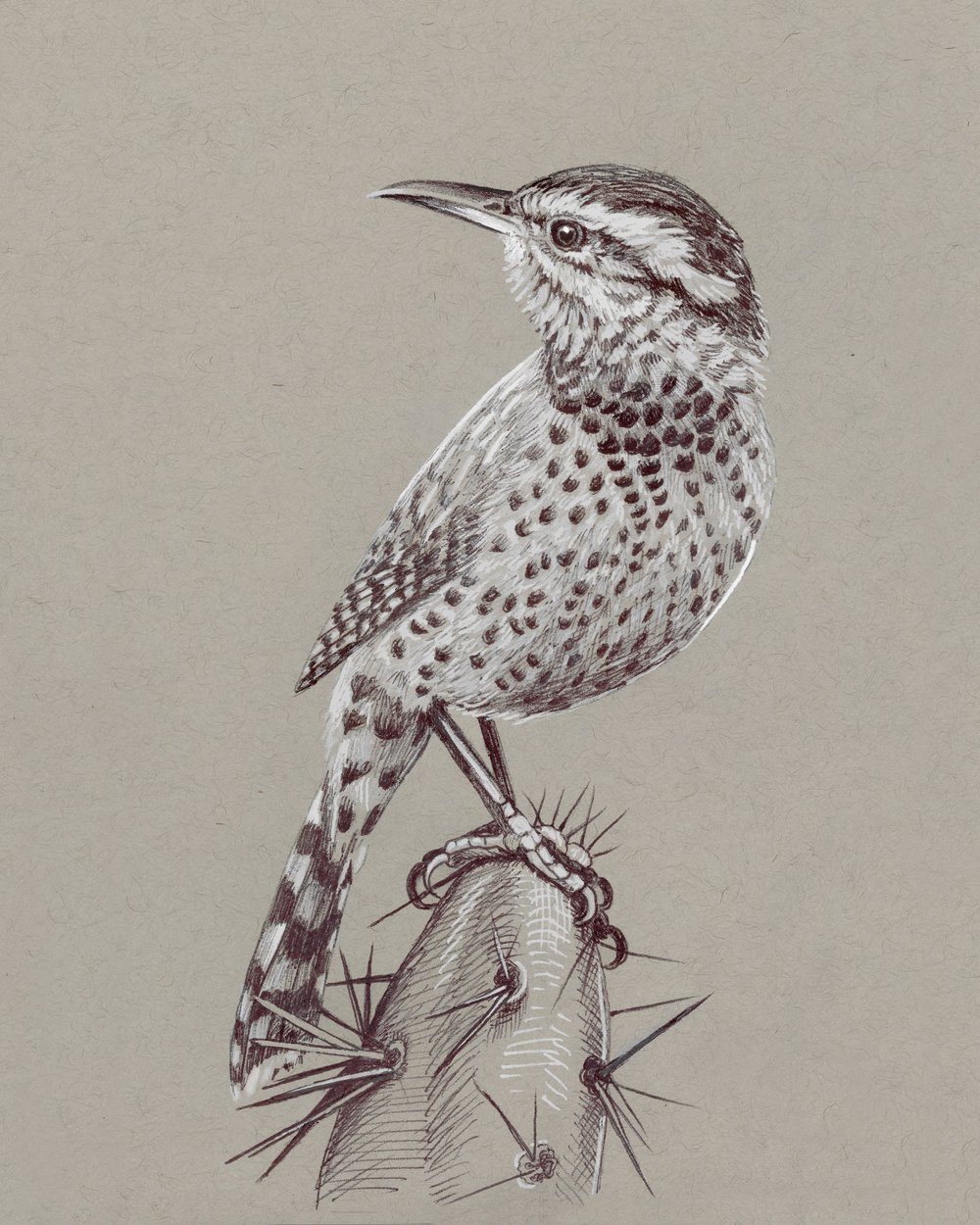
In your view, what can society to do to best support artists, creatives and a thriving creative ecosystem?
The answers to this question involve much more than just artists, and I think acknowledging today’s reality is a necessary place to start. In the U.S. and many parts of the world, interconnected systems of inequality and oppression–white supremacy, patriarchy, ableism, capitalism, and colonialism–shape who gets access to opportunities, who gets to have a voice, and who is afforded the space, time, support, and safety to create. Support includes more than just buying art, it means equitable funding, living wages, education, healthcare, childcare, and housing. It also includes valuing lived experience, cultural knowledge, and community-based work as much as institutional credentials, the latter of which often reinforces inequality.
A truly ‘creative ecosystem’ can’t exist if it only reflects those who already have access. This requires prioritizing the material return of land to Indigenous sovereignty and funding artists from communities that have been most systemically excluded—Black, Indigenous, trans, disabled, queer, immigrant, refugee, displaced, and low-income artists, among others. This requires the dismantling of the very aforementioned systems (and beyond) that keep people and whole communities from being able to show up as artists at all, let alone to simply exist safely and freely. This requires those of us who have privilege to continuously critique and challenge oppressive policies, apathetic forces, and injustices of all forms. This is really about collective liberation and about building a society based on community-centered mutual care.
Some recommendations:
Jordan Casteel
Maya Lin
Rachel Martin
Alexis Nikole
Tabitha Whitley
Willow Defebaugh
Justine Kurland
Alena Ebeling-Schuld
Oscar yi Hou
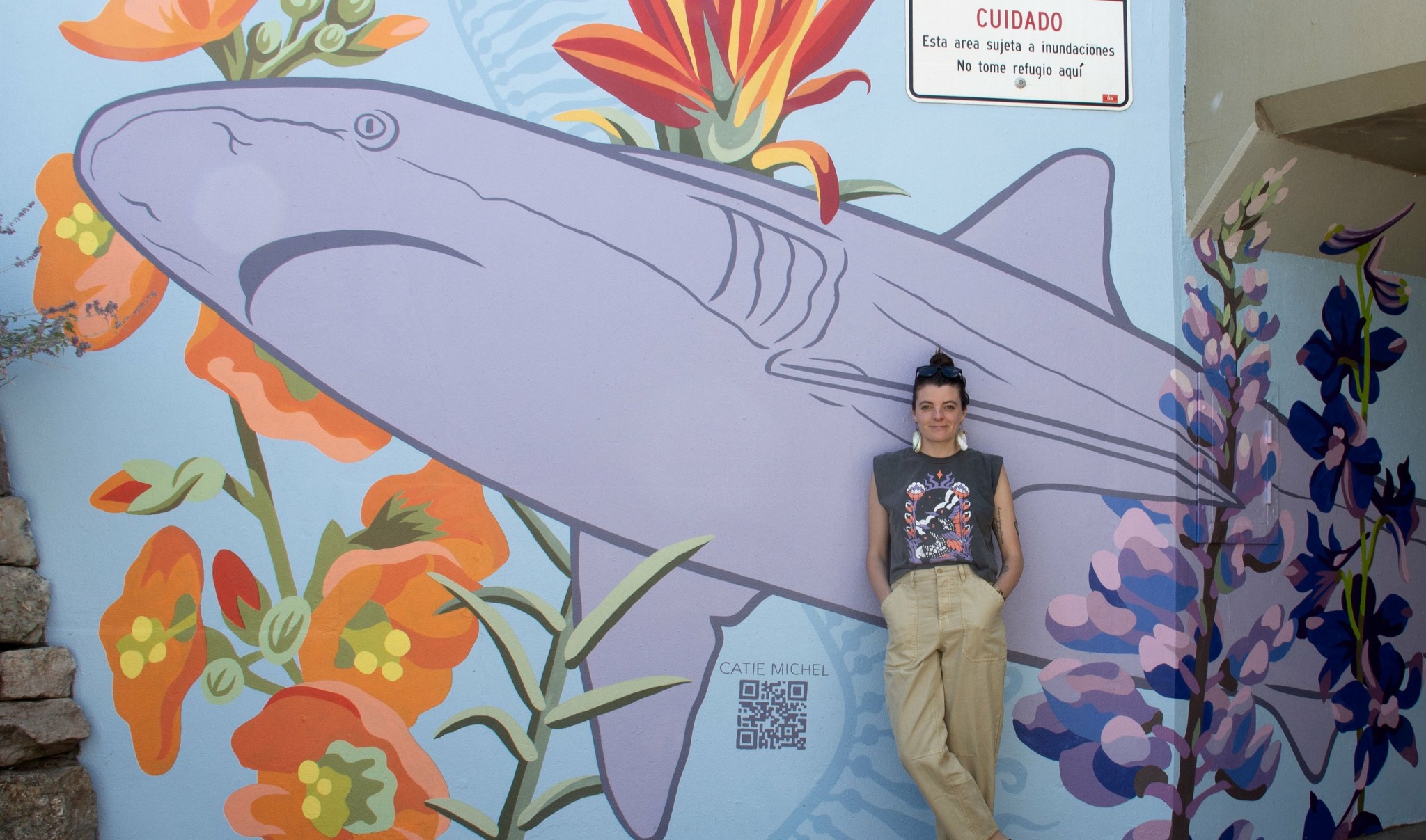
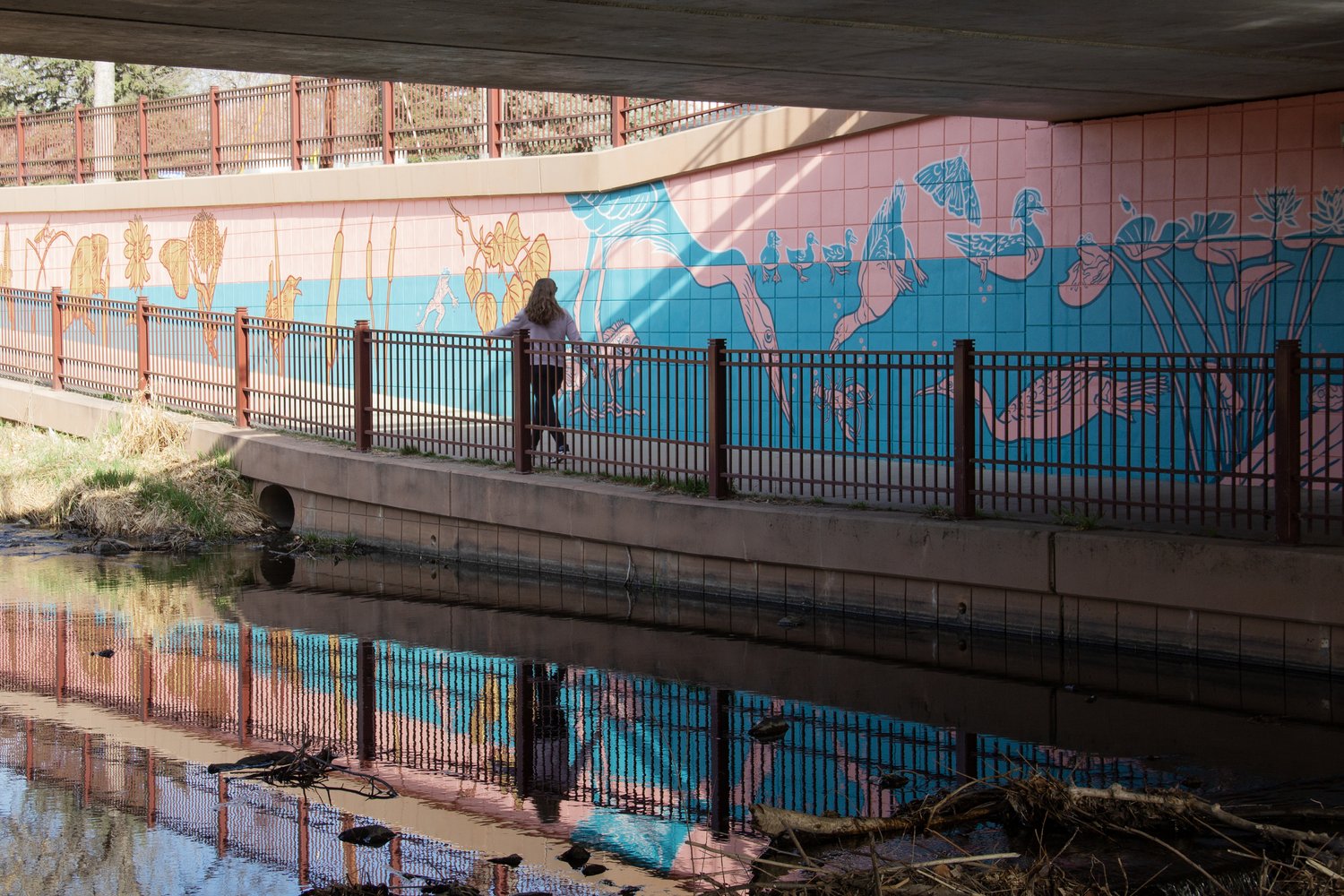
Are there any books, videos or other content that you feel have meaningfully impacted your thinking?
I wouldn’t describe myself as especially entrepreneurial in the traditional sense; I’m not particularly drawn to business books or frameworks focused on transactionally maximizing profit or scaling a brand. While generating income is a very real and necessary facet of a career, the way I want to work is rooted in reciprocity, slow intention, care, and connection. That said, I’ve definitely found value in resources that help artists navigate the practical side of creative work with transparency and integrity. Art/Work by Heather Darcy Bhandari and Jonathan Melber offers helpful perspectives on building a sustainable practice.
I also try to take in a wide range of ideas, stories, and experiences—not always with the goal of applying them to creative work directly, but because staying curious across disciplines brings me much joy. I’m drawn to short stories, international fiction, works on cultural history, social movements, and at the moment, There’s Always Tomorrow: On Basketball and Ascension by Hanif Abdurraqib, which is of course about basketball but also about role models, privilege, origins, and just being alive. Highly recommend! Outside of reading, I’ve been practicing tennis for almost a year and I just started learning mandolin!! Watching and playing sports, growing a garden, seeing live music, learning new things—all of that keeps me energized and reminds me to appreciate creativity as something alive and relational.
Ursula K. Le Guin: Carrier Bag of Fiction
Virginia Woolf: Oh, to Be a Painter!
Shawn Wilson: Research Is Ceremony – Indigenous Research Methods
Rosamond Wolff Purcell & Stephen Jay Gould: Crossing Over – Where Art Meets Science
Prentis Hemphill: What it Takes to Heal – How Transforming Ourselves Can Transform the World
Michael R. Canfield: Field Notes on Science and Nature
Mary Oliver: all her work
Contact Info:
- Website: https://www.catiemichel.com/
- Instagram: https://www.instagram.com/catiecreating/
- Linkedin: https://www.linkedin.com/in/catiebmichel/
- Other: Bluesky: https://bsky.app/profile/catiecreating.bsky.social
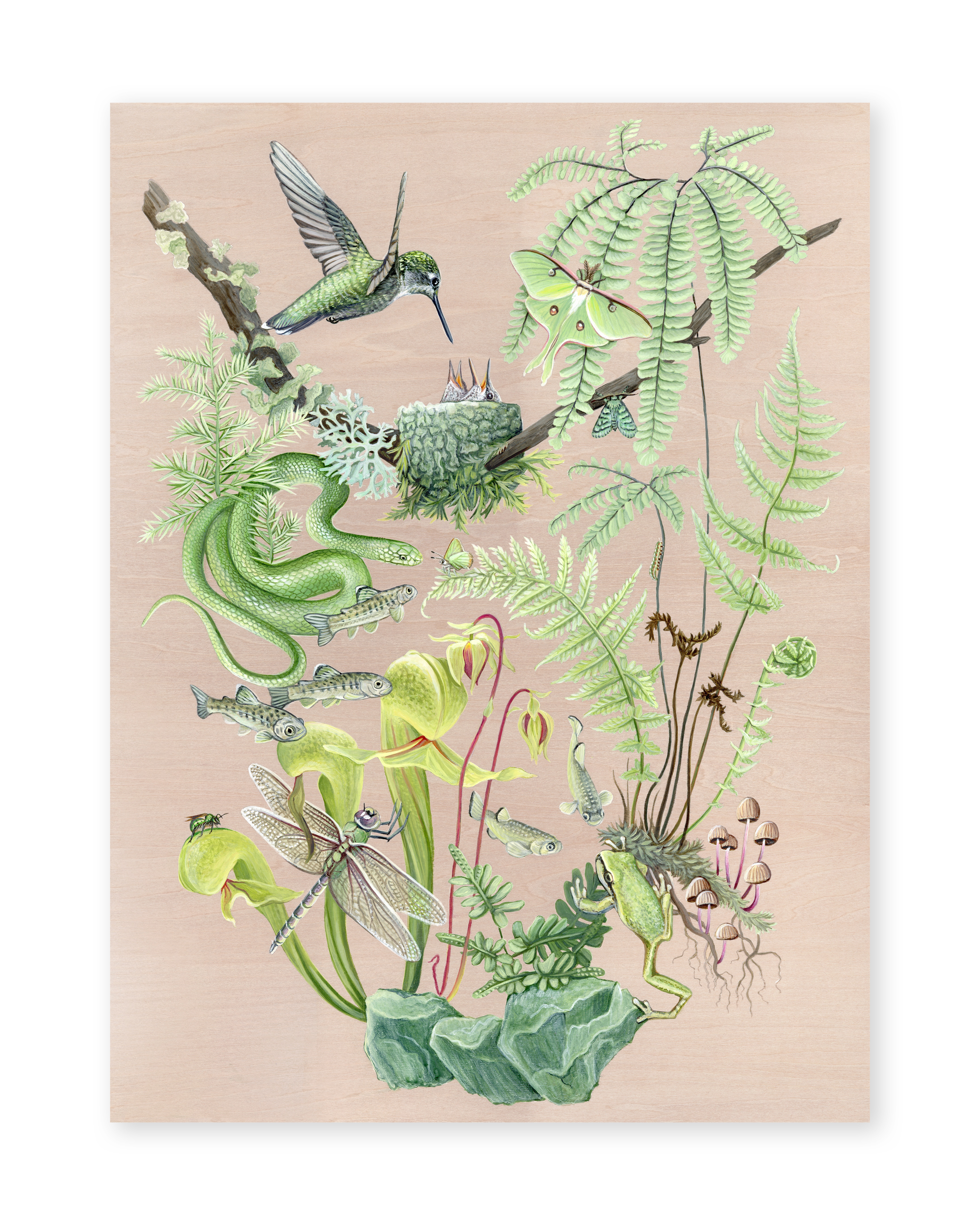
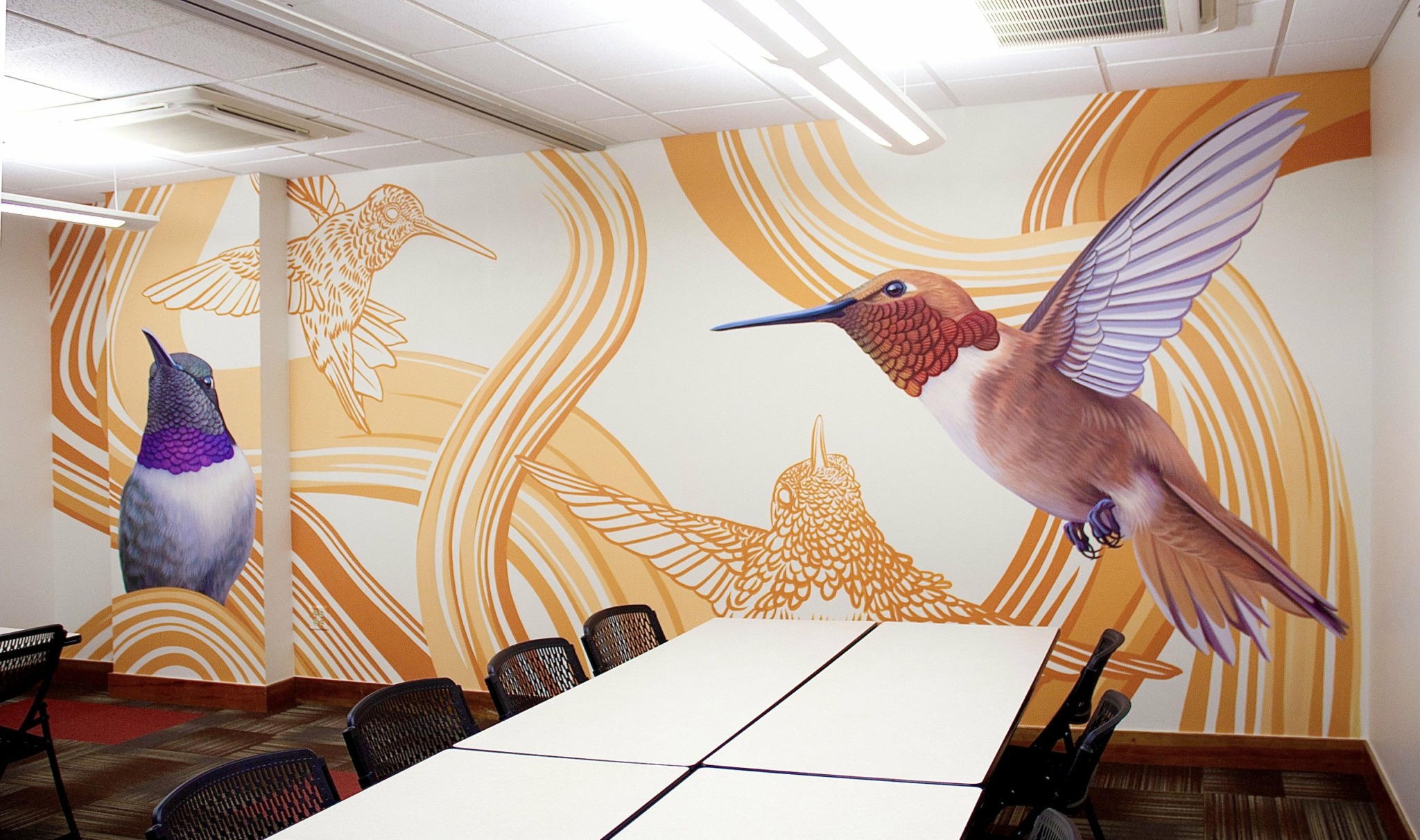


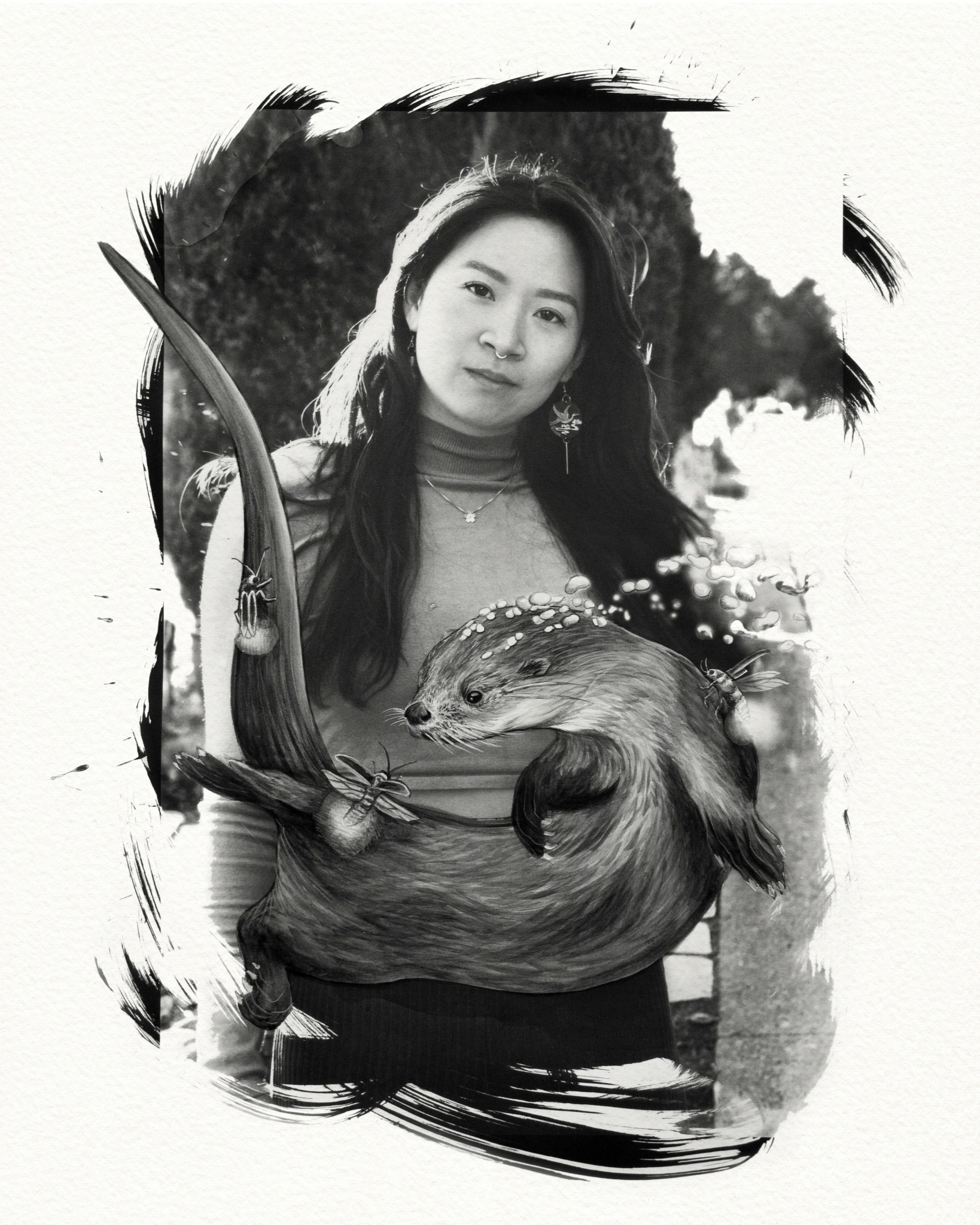
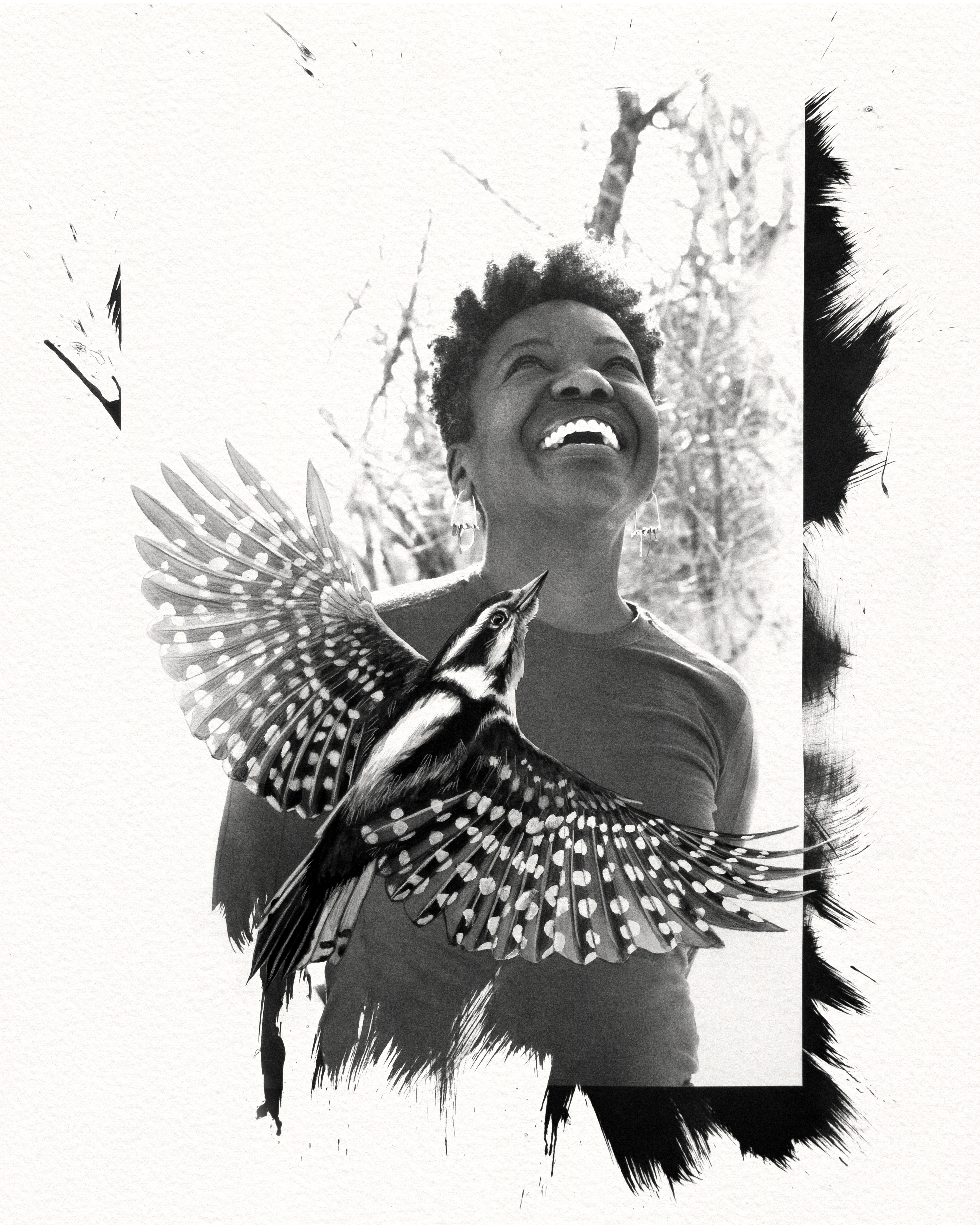
Image Credits
Catie Michel


